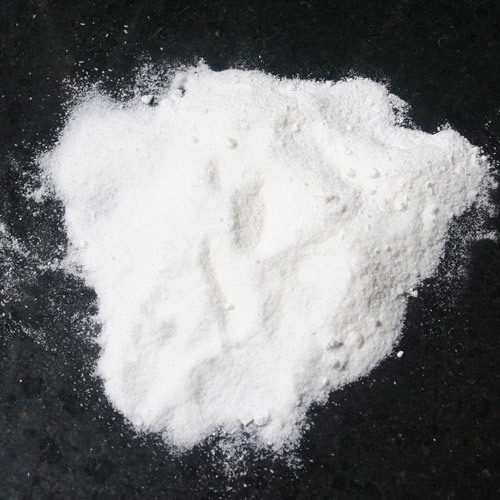
Colloid microcrystalline cellulose (CMC) is a type of natural polymer derived from cellulose, a major component of plant cell walls. It is used as an ingredient in many food and beverage products to provide texture and stability.

Colloid microcrystalline cellulose is prepared from natural cellulose and belongs to odorless and tasteless crystalline powder. It has the effects of lubrication and disintegration. It is relatively non-toxic and non irritating. It is not absorbed by oral administration and will not have potential toxicity.
There are many functions about colloid microcrystalline cellulose. The versatility of colloidal microcrystalline cellulose is shown in: emulsification and foam stability; Stability at high temperatures; Non nutritional fillers and thickeners
CMC is insoluble in water, dilute acids, organic solvents, and oils, and partially dissolves and swells in dilute alkaline solutions. It has high reaction performance in the processes of carboxymethylation, acetylation, and esterification, which is conducive to chemical denaturation
The stability during emulsification is an important function of colloidal microcrystalline cellulose. Disperse microcrystalline cellulose particles into the emulsion to thicken and gelatinize the water phase in the oil-water emulsion, which can prevent oil droplets from approaching.

CMC is a versatile ingredient that can be used in a variety of applications. It is used as a stabilizer and thickener in beverages, providing a smooth, creamy texture and promoting consistency. In addition, it can be used to improve the mouthfeel of a drink and help to suspend ingredients that would otherwise settle to the bottom of the container.Colloidal microcrystalline cellulose is dispersed in water and can form a network structure with water through hydrogen bonding, preventing particle sedimentation and fat particle aggregation,also can Can reduce the sticky taste of the product.
Colloidal microcrystalline cellulose can improve the stability of liquids. When beverages diffuse in water, uneven diffusion often occurs. Colloidal cellulose can quickly form stable colloidal solutions, and its dispersibility and stability are greatly improved. Colloidal microcrystalline cellulose can not only prevent the particle powder of instant drinks from getting damp, but also maintain high stability.
Colloid microcrystalline cellulose can also improve the taste of beverages. Applying colloidal microcrystalline cellulose to neutral milk beverages (such as protein milk, walnut milk, and soy milk) can make their taste more smooth and refreshing
CMC can make the skin of frozen food less prone to cracking, less prone to scattering during boiling, extend shelf life, and improve smoothness

Colloidal microcrystalline cellulose can replace fat in sausages, reduce calories, and be more healthy for people, especially for patients with hyperlipidemia and hypertension. It is very friendly
Colloidal microcrystalline cellulose, as a dietary fiber, plays an excellent role in baked goods. Colloidal microcrystalline cellulose can enhance the content of cellulose in baked goods, reduce water content, and extend shelf life. Experiments have shown that as long as 0.1% -0.3% of colloidal microcrystalline cellulose is added, bread with high nutritional value, rich taste, and good structure can be produced. In modern times with high obesity rates in fast food, This bread rich in dietary fiber will better meet customer needs and achieve better sales performance
Overall, CMC is a versatile and beneficial ingredient that can be used in a wide variety of beverages and food products. It helps to improve texture, enhance flavor, and increase shelf life. In addition, it is a safe and non-toxic ingredient that is generally recognized as safe by the FDA.